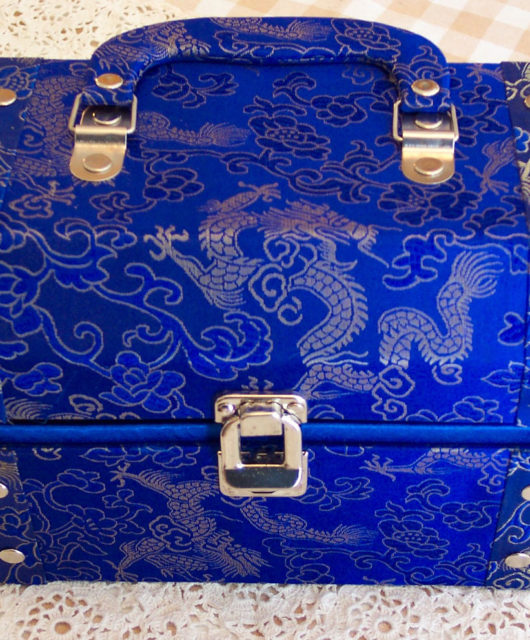How to Make Heavy-Duty Swivel Casters More Effective
 Heavy-duty casters are used to help move large, heavy equipment and furniture. They come in various sizes and capacities to suit different needs.
Heavy-duty casters are used to help move large, heavy equipment and furniture. They come in various sizes and capacities to suit different needs.
Whether you need to improve maneuverability or stability, there are several things you can do to make your heavy-duty swivel casters more effective. These include choosing a quality kingpin, opting for a swivel with brakes, or using locking casters.
High-Quality Kingpins
The kingpin, the rivet or bolt that holds together the top plate of a caster’s fork assembly and its load-bearing wheels, can be one of the most problematic parts when moving heavy equipment. It is designed to take on all the force from a load and its surroundings as it moves, but the abuse can put too much pressure on the kingpin, leading to failure.
High-quality kingpins ensure your casters can withstand extreme loads and conditions. A quality kingpin can be made of steel or stainless steel. It will be designed to hold up in harsh environments while offering flexibility for different levels of swivel resistance. Kingpinless casters, which eliminate the kingpin by design, are often a better option for cumbersome applications because they’re more robust and can handle more extreme loads than a caster with a kingpin. They are also more maneuverable in small places.
High-Quality Bearings
The casters on furniture and carts must be sturdy enough to support heavy loads and easily maneuver. An industrial cart or workbench typically has two swivels and two rigid casters for maneuverability and stability.
If your carts are to be used in medical environments, for example, you will need a fast-moving system, which makes it super easy for staff to move patients and equipment from room to room in the fastest time possible. This is where a low-profile, heavy-duty swivel caster with brakes can be beneficial.
High-quality kingpins are the key to a long-lasting, durable, heavy-equipment moving caster. Choose casters with forged kingpins, which are more durable and cost-effective than cast ones. The kingpin is the rivet, threaded stud, or bolt-with-nut that holds together the mounting plate and fork assembly. A kingpin made of low-quality materials can lead to early failure and result in the highest total cost of ownership.
High-Quality Brakes
To keep heavy equipment in place, a high-quality brake is essential. The brake locks the wheel to prevent it from rolling when stationary. The best way to maintain the integrity of the brake is to inspect it for loose nuts and bolts regularly. If they are loose, retighten them immediately. It would be best to look for signs of rust, bends in the frame, and distortion of the mounting plate or flange.
The braking system also determines how much maneuverability your equipment has. Some options are directional lock brakes that limit the caster’s direction and total lock brakes that completely immobilize both the swivel head movement and the wheel rotation. You should select the option that best matches your specific needs for stability and mobility. Depending on the environment in which your cart will be used, you might need a sealed brake that doesn’t let water inside. This will prevent corrosion and ensure the brake works correctly.
High-Quality Wheels
The size of a caster’s wheels affects its load-bearing capacity and shock absorption. Harder wheels provide more load-bearing capacity but are noisier and may wear out faster. Determine the right balance between these factors for your application. Also, consider whether you want a caster that locks the wheel and swivel action or only locks the wheel rotation.
Swivel casters move in any direction, making maneuvering carts in tight spaces easier. However, some environments require a rigid caster that can only travel in one direction.
If your casters will be exposed to dirt, chemicals, and other debris that could damage them, consider opting for maintenance-free models that don’t need greasing. This will save you time and money. They also last longer than traditional casters.









